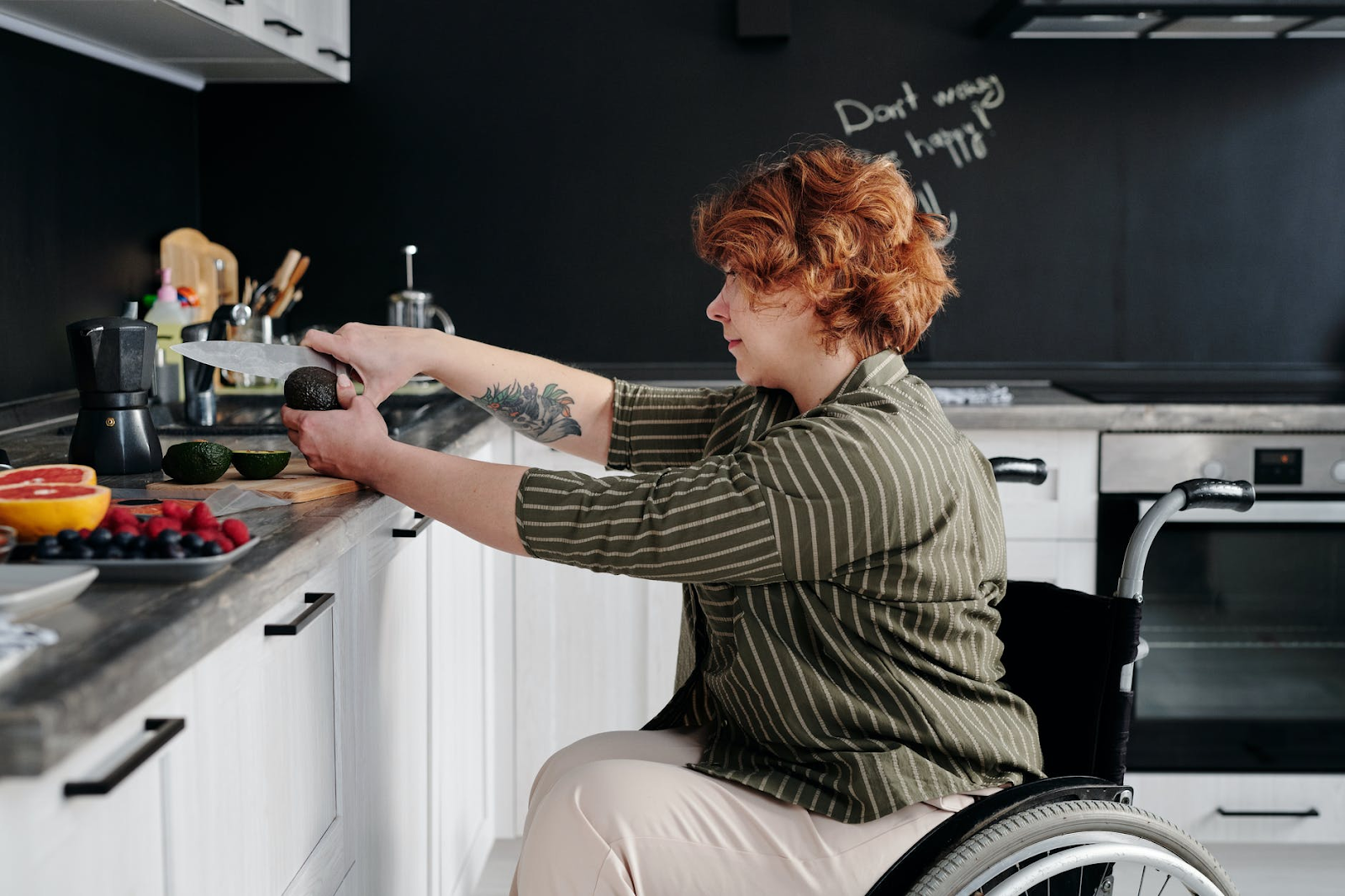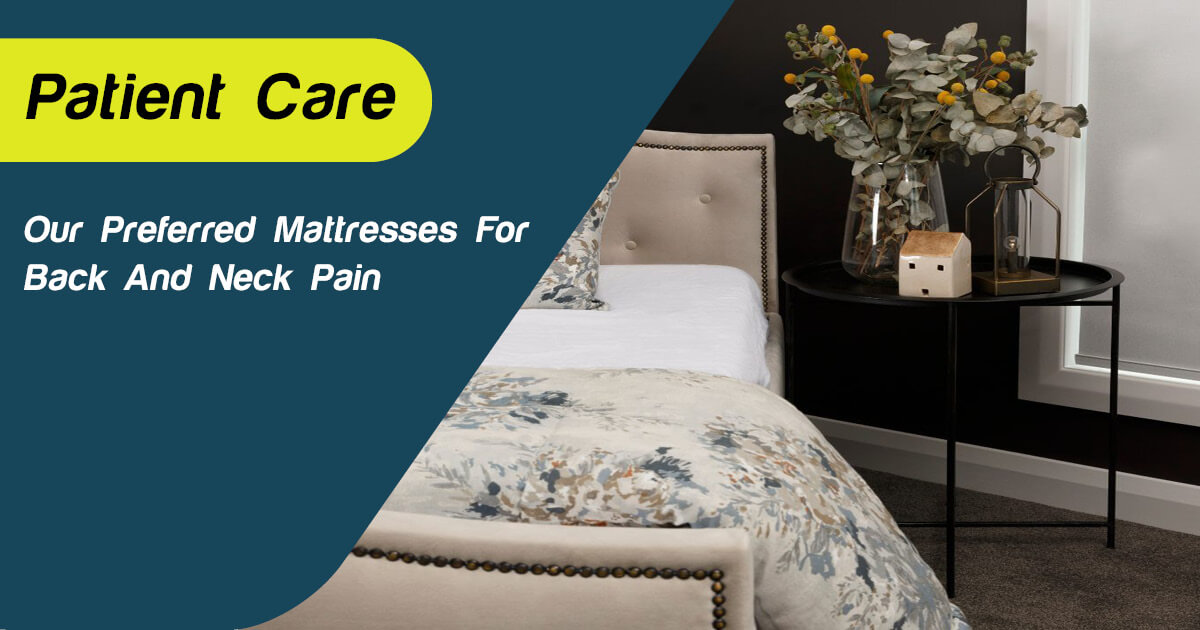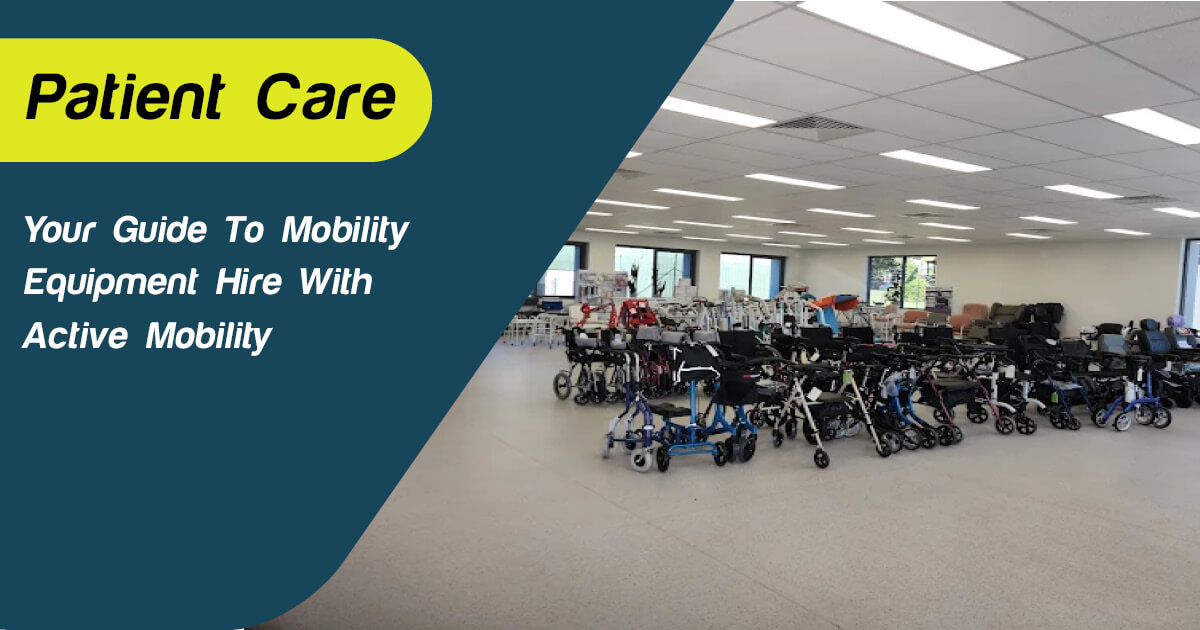
Share
A paralysing injury can be distressing for the patient as well as those around them. Paraplegic patients lose the use of their legs, their movement and their freedom — this is a life-changing event that will require a huge adjustment and the patient will need specific care in order for them to live their life to the fullest.
Understanding and accommodating their needs will be important — this will give your paraplegic patient the best care needed for their overall health and happiness. In this article, we share a guide to the care of paraplegic patients and how to help them live a normal life.
Home Modification

One of the first things you’ll need to do to care for a paraplegic patient is modify their home to accommodate their wheelchair and their needs. If possible, move furniture and obstacles out of the way so they can move freely around the house and lower cabinets and drawers to make it easier for your patient to reach things.
If the patient lives in a two-storey house, you might also want to move their bedroom to the bottom floor. You will also need to install grab rails in the bathroom to prevent falls. These will need to be installed next to the toilet and in the shower/bath.
Wheelchairs, Hoists and Lifting Slings

Wheelchairs will be your patient’s primary (if not only) mode of transportation — they’re absolutely essential and will help them regain their sense of independence out of what is an otherwise traumatic experience. With this in mind, it pays to choose a high-quality, highly functional wheelchair.
Everyone is unique and in turn, so is their wheelchair — it might help to discuss wheelchair options with an occupational therapist and assess what wheelchair is right for the patient’s needs and overall comfort. At Active Mobility, we work closely with occupational therapists and we stock a wide range of wheelchairs that are both comfortable and customisable — get in touch to discuss custom wheelchair options!
It will also be worthwhile to invest in lifting and ceiling hoists so that you can transfer the patient from their wheelchair to bed or vice versa, as well as getting in and out of chairs. We stock both of these items as well as lifting slings that are designed specifically for toileting and showering.
Avoiding inactivity and preventing pressure or bedsores
 Lack of activity or movement for long periods of time can cause bedsores or pressure injuries which can be very painful and can get infected. These sores usually develop on a patient’s back, buttocks or the back of their legs due to sitting in a constant prone position. Repositioning a patient every few hours is essential for preventing bedsores, so if your patient spends a lot of time in bed, make sure to help and encourage them to roll onto their back or stomach to keep the movement going.
Lack of activity or movement for long periods of time can cause bedsores or pressure injuries which can be very painful and can get infected. These sores usually develop on a patient’s back, buttocks or the back of their legs due to sitting in a constant prone position. Repositioning a patient every few hours is essential for preventing bedsores, so if your patient spends a lot of time in bed, make sure to help and encourage them to roll onto their back or stomach to keep the movement going.
An overbed frame can also help the patient lift and reposition themselves in bed — with a handle attached to a chain or strap, the patient can grab on and move as needed.
Pressure ulcers are also common in wheelchair users. Opt for a foam or gel seat cushion for the patient to sit on and encourage your patient to shift their weight every 15 to 20 minutes. This is a must if you’re caring for a paraplegic patient.
Daily Livings
If the patient is newly paraplegic, daily tasks like dressing, bathing, feeding and running errands may need assistance. Sooner or later, they will adapt to their new lifestyle and be able to do these things themselves but until the adjustment period is over, you will need to help and make small changes to encourage your patient’s independence.
For example, you might swap out clothing with buttons for clothing with zippers to help with dressing if they have minimal control over their hands. You might also introduce dressing aids like the Care Quip Button Hook that helps with gripping buttons and managing buttonholes, or a shoehorn to help get the patient’s feet into their shoes.
Easy reachers will also be exceptionally helpful for the patient both at home and out and about. Rather than over-extending to grab items that are out of reach, they can practice their independence and reach things with ease.
Encourage their hobbies

An important part of caring for paraplegic patients is encouraging their hobbies and remembering there’s a life outside of their wheelchair. Consider recommending books for them to read or movies to watch, take trips to the local libraries, shops and cafes, encourage creative activities like painting and even get back into sports. Even keeping up with friends and family can be good for them.
Hobbies are perfect for boosting mental health and giving your patient extra purpose in life!
Make paraplegic living simpler for your patient with Active Mobility
Paraplegic living is a big adjustment but with the right tools and equipment, the adjustment can be simpler. At Active Mobility, we stock a wide range of equipment to make everyday life easier for your patient — from lifting slings and ceiling hoists to wheelchairs, bathroom rails and so much more, you’ll find everything you need online at Active Mobility. Shop now!










